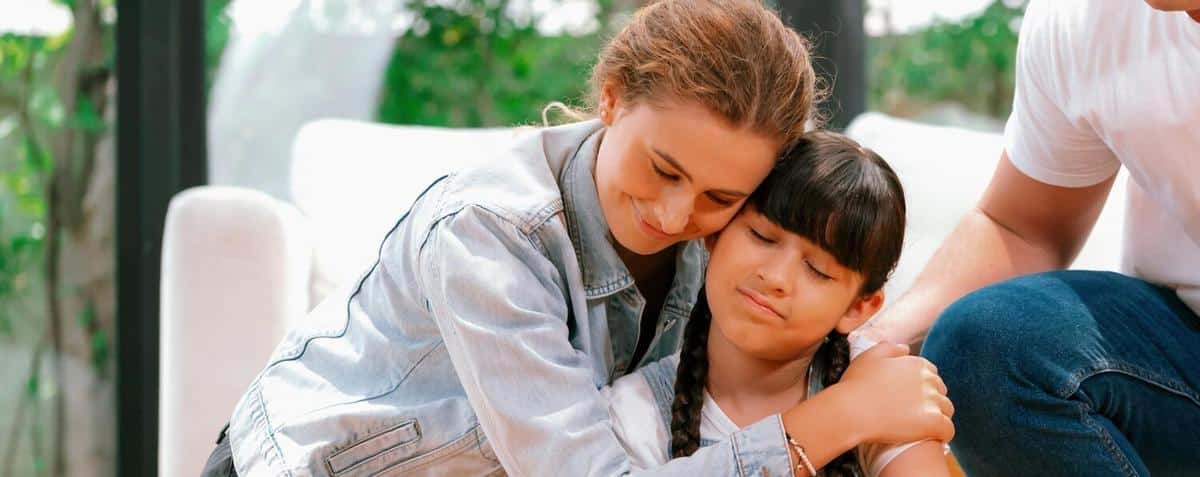
Positive Discipline Techniques Every Parent Should Know
Navigating the journey of parenting often involves balancing love and discipline, a task that can be both challenging and rewarding. Positive discipline techniques offer a compassionate approach to guiding children, focusing on empathy and mutual respect.
Understanding Positive Discipline
Positive discipline is a strategy that focuses on teaching children rather than punishing them. This approach emphasizes communication and problem-solving skills, encouraging children to understand the impact of their actions.
Expert Opinions
Dr. Jane Nelsen, an authority on positive discipline, suggests that this method strengthens the parent-child relationship by fostering mutual respect and cooperation. According to her, positive discipline helps develop critical thinking and emotional intelligence in children.
Research Findings
A study published in the Pediatrics journal found that children raised with positive discipline are more likely to develop social competence, academic success, and emotional well-being. These children tend to exhibit fewer behavioral issues compared to those disciplined through punitive measures.
Personal Anecdotes
Take, for example, Jack, a father of two, who noticed a transformative change in his household dynamics. By implementing positive discipline, he found his children more responsive and open to discussing their mistakes, leading to a more harmonious family environment.
Actionable Tips
- Set Clear Expectations: Clearly communicate the rules and the reasons behind them.
- Use Positive Reinforcement: Acknowledge and reward good behavior to encourage repetition.
- Focus on Solutions: Instead of dwelling on mistakes, collaborate with your child to find solutions.
- Be Consistent: Consistency in your approach helps children understand boundaries.
Remember, consistency does not mean rigidity. Be flexible enough to adapt your approach as your child grows.
Additional Resources
For more in-depth guidance, websites like Positive Parenting and Parenting.com offer articles and tools tailored to different parenting challenges.
Comparison Table of Discipline Techniques
| Technique | Focus | Outcome |
|---|---|---|
| Positive Discipline | Understanding | Emotional intelligence |
| Authoritarian Discipline | Obedience | Compliance |
| Permissive Discipline | Leniency | Lack of boundaries |
| Neglectful Discipline | Inattention | Behavioral issues |
Frequently Asked Questions
What is the goal of positive discipline?
The goal is to teach children self-discipline and responsibility through understanding and respect.
Can positive discipline be effective for teenagers?
Yes, it can be adapted to suit teenagers by involving them in the decision-making process and respecting their growing independence.
Is positive discipline time-consuming?
While it may require more time initially to explain and guide, it can save time in the long run by reducing conflicts.
Conclusion
Positive discipline is a proactive approach that not only addresses behavioral issues but also nurtures a child’s growth into a responsible and empathetic adult. By setting clear expectations, offering positive reinforcement, and focusing on solutions, parents can build a strong foundation for a healthy parent-child relationship. Embrace these techniques, and you’ll likely witness a positive change in your family dynamics.


